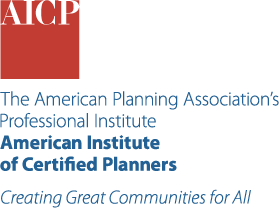Gateway and Natural Amenity Region Planning
For only $180, get a full year of unrestricted access to APA's extensive learning library. Kickstart your journey by subscribing to Passport, then take the next step by enrolling in the courses that pique your interest.
Certification Maintenance
What You'll Learn
- Explore the characteristics of a gateway and national amenity region (GNAR) community.
- Develop touchpoints to collaborate with leaders in their community to identify, monitor, and respond to key indicators of change unique to GNAR communities.
- Connect with practitioners and academics in other GNAR communities and benefit from the GNAR Initiative being developed at the University of Utah.
More Course Details
Gateway and natural amenity region (GNAR) communities are small municipalities abutting state and national parks, national forests, designated outdoor recreation areas, protected cultural sites, or other prominent public lands. They are often viewed as national treasures, hot tourist destinations, and desirable places to live and work. Some GNAR communities are at risk of being "loved to death"; others are eager for more tourism and recreation-related economic activity; and some have not yet been discovered and would prefer to not become tourist destinations.
As GNAR communities evolve, they tend to experience a variety of growth- and tourism-related impacts, ranging from congestion and sprawl to loss of community character and lack of affordable housing. Explore the typical development trajectory, challenges, and opportunities facing GNAR communities.
Learn about these challenges, what communities are doing to address them, promising solutions, and what tools, resources, and capacity building could help planners in GNAR communities protect the things that make these communities special.


